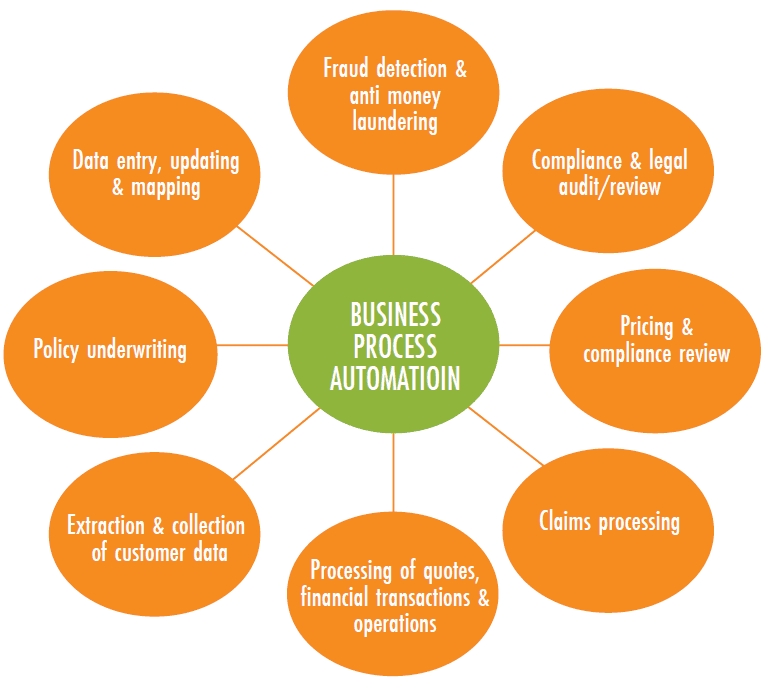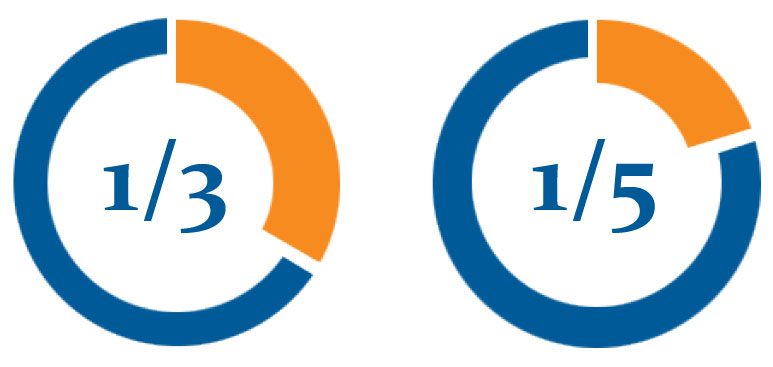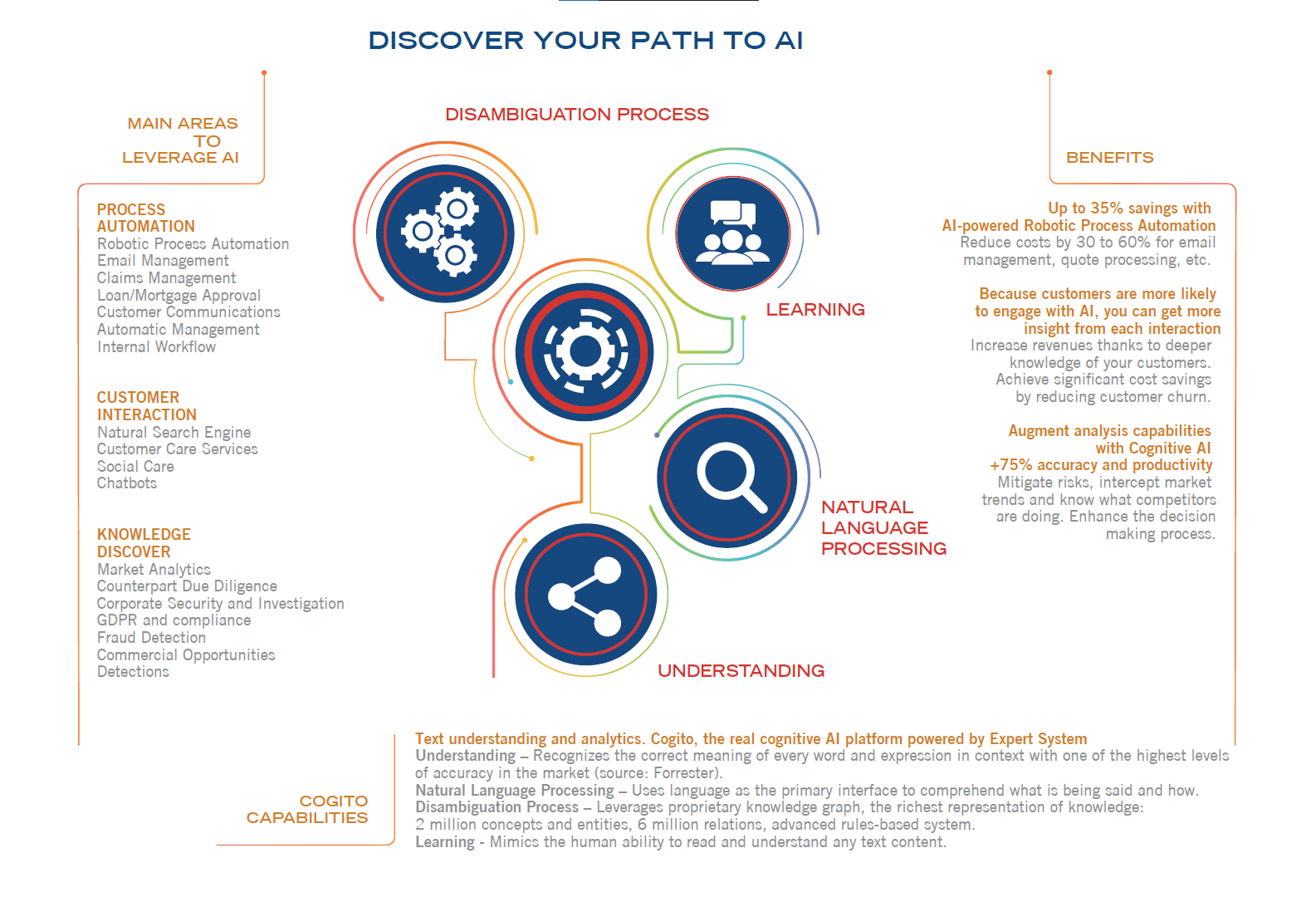
The Promise of Artificial Intelligence
Capture business opportunities by leveraging AI solutions to unlock your most valuable data, and put AI to work on activities that have an immediate impact on revenue and costs.
Artificial intelligence (AI) today is not just a theory. It has many practical and successful applications and, according to Gartner1, 30% of all B2B companies will employ AI to augment at least one of their primary sales processes by 2020.
As companies increasingly recognize the potential for AI to bring actionable, even transformational benefits, for many organisations, it’s less clear how to employ it, profitably, in the business.
The question becomes “Where?” and then, “How?”
Before getting started, it’s important to understand that AI is not just a tool for IT, but a technology that can be employed to deliver competitive advantage, cost efficiencies and increased revenue when used strategically in the business. To achieve those strategic goals, it’s important to ground your AI initiatives to areas of the business where it can deliver the most value.
In this white paper, we will look at three areas where AI has proven to deliver tangible, significant results for businesses in any industry: Process Automation, Customer Interaction and Knowledge Discovery.
Robotic Process Automation becomes intelligent
Today’s enterprise faces a number of challenges. Be more productive, enhance decision making, stay ahead of the competition, increase customer loyalty and manage compliance are just a few of the mandates that businesses must embrace, simultaneously. Intelligent process automation has proven to be effective in addressing these challenges by helping companies optimize not only day-to-day processes but key business activities. While robotics has been heavily adopted in the automotive and electronics industries where it has been used to replace labour-intensive processes, new developments are bringing it into a more complex environment: the office. Robotic Process Automation (RPA) brings automation to some of the most repetitive, error-prone, and therefore, expensive, business processes.


According to Gartner, Robotic process automation
technology usually costs one-third the amount of an
offshore employee and one-fifth of an onshore employee.2
Powered by AI, RPA extends its reach to unstructured data and knowledge-based business processes. As a practical example, it is especially effective in banking and insurance, where it brings speed and efficiency to operations, customer service and compliance by accelerating the management of customer complaints, insurance claims, policy underwriting and more.

According to Deloitte “… bots can extract and structure information from text and pass that structured information to the next step of the process. AI (or “cognitive”) RPA has the potential to go beyond basic automation to deliver business outcomes such as greater customer satisfaction, lower churn, and increased revenues.”3
For Insurance claims management, companies can expect up to 53% savings on activities such as FTes and warranty management, and cost reductions of 30% to 60% for email management and quote processing.4
Automating customer interaction: Creating value with Artificial Intelligence
We live in a customer-centric age. The abundance of information and available choices has shifted the balance of power, where customers now hold the advantage. For companies, listening to what customers actually want, delivering the best possible customer experience and communicating directly on all channels must be a matter of practice.
As a result, interacting with today’s customers requires a 360-degree level of engagement that meets the challenges of a digitally sophisticated and demanding public who wants personalized and streamlined interactions as well as the flexibility to communicate with customer care any time and on any device.
To do this successfully, companies must be able to listen to customers in order to understand not only what they are saying but how they are saying it. Through AI, companies can analyze and organize all customer information and use it to provide personalized services, gain relevant information from multiple and previously unmined sources and reduce the costs of customer care.
Top 5 AI benefits for Customer Interaction
- Automate repetitive processes
- Understand customer needs and leverage customer opinions for personalized and relevant services and promotions
- Gain real-time insights across all customer contact channels to anticipate customer issues or identify trends
- Free up customer service agents for higher stakes conversations
- Learn from customer interactions to improve the customer journey and reduce customer churn
Transform knowledge discovery
Analyst research, emails, blog entries, news streams and social content are just a few sources that make up the growing volume of unstructured data that organizations manage. With so much information available about your business, your supply chain, the competition, new markets and customers themselves, it is difficult to distinguish which information matters without the capability to read, understand and accurately analyze it.
This is exactly what sets AI solutions apart from traditional information access and knowledge management tools. AI enables analysis and comprehension of text and adds context to content so that the business can understand information faster, in much the way that people do. In short, AI helps transform unstructured data into knowledge.
The very nature of data is what makes knowledge discovery so challenging. Unstructured data is not the same as structured data. When organizations realize that most of their information is unstructured and their typical business tools are not able to effectively understand and manage it, they might be discouraged in pursuing an AI approach. However, this is exactly where AI technologies excel. The capability to read and understand unstructured data with the highest levels of accuracy and at scale helps companies to extract and provide only the relevant information users are looking for, showing a level of precision often unavailable with other solutions.
It also excels at managing complexity. As a company grows, the quantity and complexity of its information grows in turn. By adopting a knowledge discovery strategy based on AI, organizations can reduce the time they spend on analyzing information from hours to seconds, while ensuring that every document is processed with the same accuracy of the most efficient human expert, with the risk of mistakes practically reduced to 0.
AI supports organizations to extend their ability to analyze and retrieve every piece of relevant knowledge by:
- Leveraging all data, combining structured data and internal knowledge in the form of unstructured content with other information sources
- Providing effective and real-time knowledge on strategic initiatives, clients, partners and any third parties
- Mitigating and even completely avoiding risks for operations or brand reputation through data analysis and monitoring
- Knowing what competitors are doing to anticipate their next moves and intercept market trends
Are you ready to embrace the benefits of Artificial Intelligence?
In spite of the hype, AI can be a real opportunity when used strategically in the business. When implementing an AI-based solution, there are several strategic elements that should be considered: the solidity of the business case, a correct analysis and effective implementation based on experience, the data available, and the approach and technology features that best suit your case.
Cogito® is the expert system cognitive artificial intelligence platform that leverages full comprehension of what is contained in text to ensure that the content of unstructured data is available for analysis.
By leveraging semantics, natural language processing and machine learning, Cogito mimics the human ability to read and understand text at the speed of current technologies:
- It is based on a representation of knowledge, the Cogito Knowledge Graph, that is both deep and wide, and in a format compatible with current technologies. Cogito has the ability to read, comprehend and learn, upfront, and out of the box.
- It understands the meanings of words the way that people do. Thanks to semantic analysis, including word disambiguation, Cogito identifies the correct meaning of words and expressions in context and understands the relationships between different concepts. Cogito is software that reads, a core component of its learning.
- It emulates some processes that humans use to comprehend. Through comprehension, Cogito makes the knowledge discovered in text actionable.
- It becomes more intelligent by learning from human experts and from written communications to acquire new knowledge, as well as slang, puns, jargon and other nuances of a language. Cogito is software that learns from human experience.
Cogito’s AI-based abilities for understanding language and texts by disambiguation of words in context brings the highest level of human-like accuracy. In legacy technologies, disambiguation accuracy is between 45-55% and may reach up to 73-75% for a few systems in a closed, domain-specific context. Instead, a deep understanding of text allows users to reach over 90% accuracy in completely open or domain-independent contexts such as general news and other forms of general communications.

“Cogito produced one of the highest levels of accuracy on an untrained data set among all participants”6 and it is able to address and solve all the issues affecting Process Automation, Customer Interaction and Knowledge Discovery through a step by step approach, adapting to the context and achieving tangible results, quickly.
End notes
- https://www.gartner.com/en/newsroom/press-releases/2018-02-19-gartner-says-25-percent-of-customer-service-operations-will-use-virtual-customer-assistants-by-2020
- https://www.gartner.com/en/finance/trends/robotic-process-automation
- https://www2.deloitte.com/insights/us/en/focus/signals-for-strategists/cognitive-enterprise-robotic-process-automation.html
- https://www.expertsystem.com/speed-processes-automated-insurance-claim-management/
https://www.expertsystem.com/solutions/robotic-process-automation/ - Mr. J.D Lovelock VP Analyst Gartner https://www.gartner.com/newsroom/id/3872933
- https://www.forrester.com/report/The+Forrester+Wave+AIBased+Text+Analytics+Platforms+Q2+2018/-/E-RES141340



